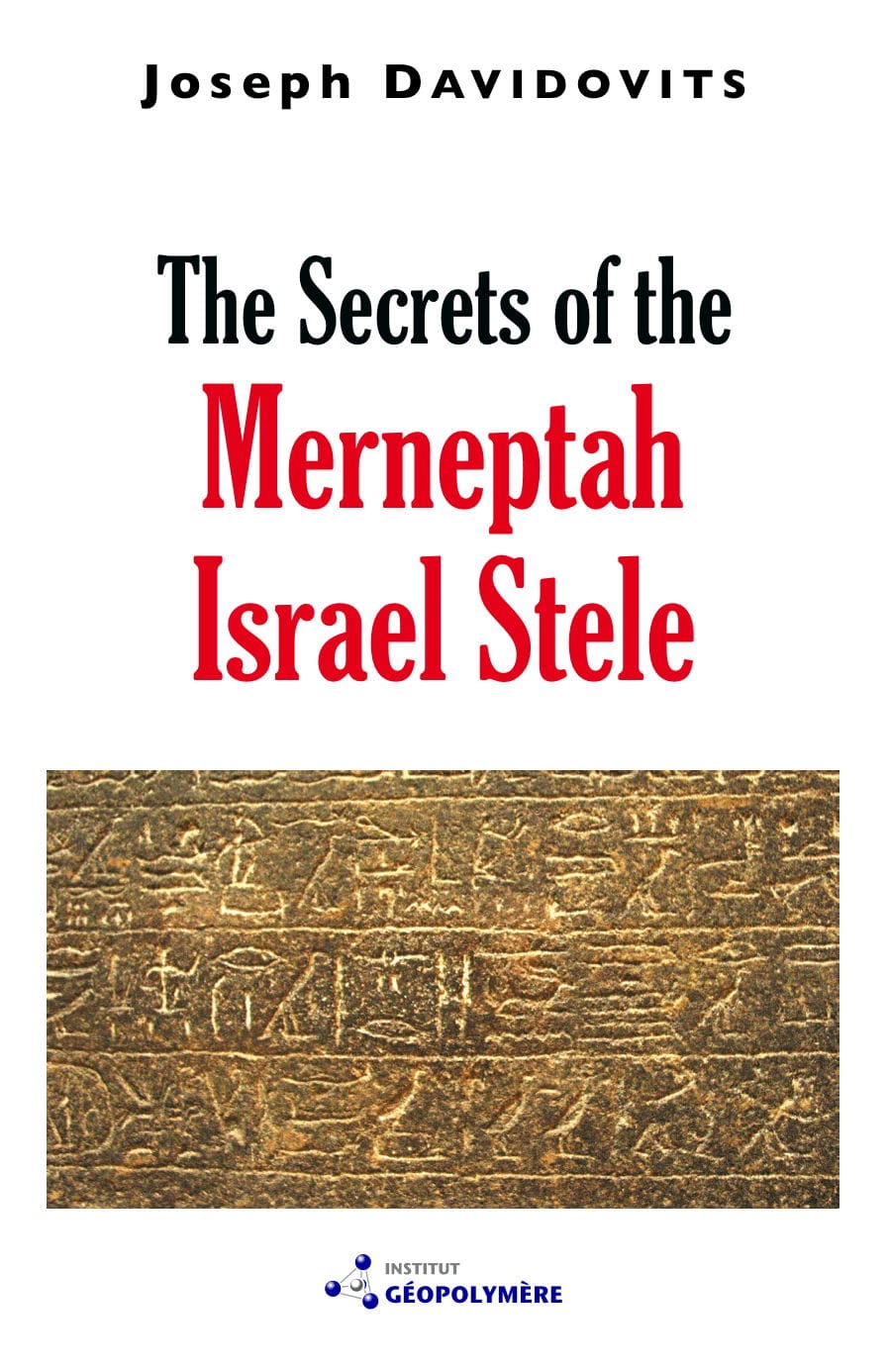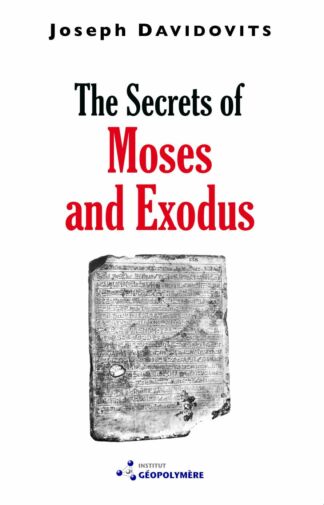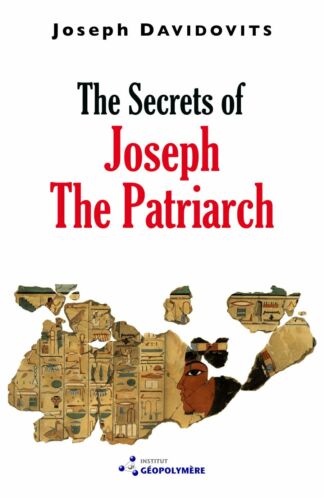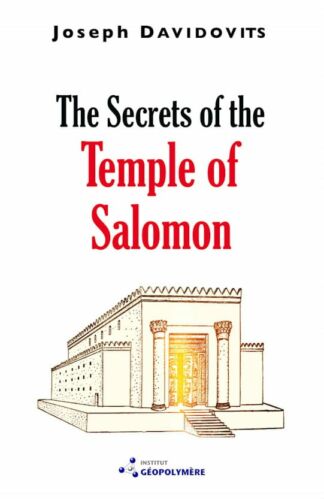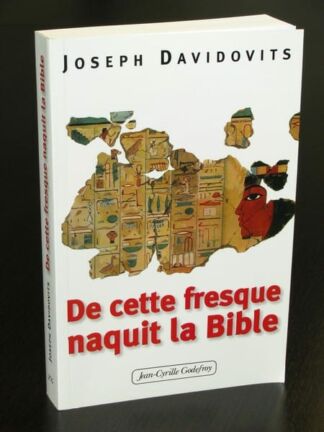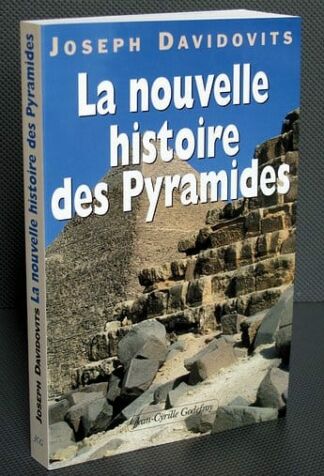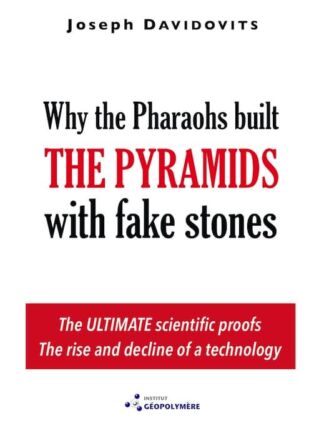Description
EGYPT and the BIBLE series
- The Secrets of Joseph the Patriarch
- The Secrets of the Merneptah-Israel Stele
- The Secrets of Moses and Exodus
- The Secrets of the Temple of Solomon
In 1896, the English egyptologist Flinders Petrie discovered in Thebes the so-called Merneptah-Israel Stele. The engraved text contains a group of Egyptian hieroglyphics that reads iisiiriar, translated by the exegetes into “Israel“. However, for Professor Davidovits, it is not a single word but rather an Egyptian sentence, “iisii-r-iar” meaning: those exiled because of their sin. Pharaohs Ramses II and Merneptah used this sentence when talking about the exiled Akhenaten’s followers, forced to quit Egypt. The sentence iisii-r-iar changed with time into a name: Israel, through the alteration of the second letter r into l.
In 1320 BC, after Akhenaten’s religious revolution, the notables were allowed to go into exile in the Canaan province, more specifically in Shechem and Urushalim (Jerusalem). The discovery by Alain Zivie of the tomb of Akhenaten’s vizier Abdi-El at Memphis suggests a close family relationship between Abdi-Heba, Mayor-Governor of Urushalim, and Akhenaten’s top officials. The exiled notables knew where to go. An exile to Urushalim was for them better than any other place. However, this exile involved a small number of people. This is not the Exodus led by Moses, which would take place 270 years later. It is the exile of the “iisii-r-iar” people mentioned in the Merneptah-Israel stele.
However, the true meaning of this sentence iisii-r-iar (Israel), was from the start corrupted by a forgery carried out on a group of hieroglyphs by its discoverer Flinders Petrie. Professor Davidovits tracked down the forgery during a recent visit to the Cairo Museum, Egypt, and the study of the Merneptah-Israel stele. Since 1896, the biblical historians of any obedience have tried to demonstrate the validity of the destruction of Israel by the armies of Pharaoh. However, this interpretation is false and the polemical discussions around it have no grounds. The descendants of the exiled people iisii-r-iar (Israel) were not destroyed but rather settled down in Urushalim (Jerusalem). This interpretation is proven by archaeology.
The book holds:
- 77 pages
- 4 chapters
- 20 figures and pictures
ISBN: 9782951482074

